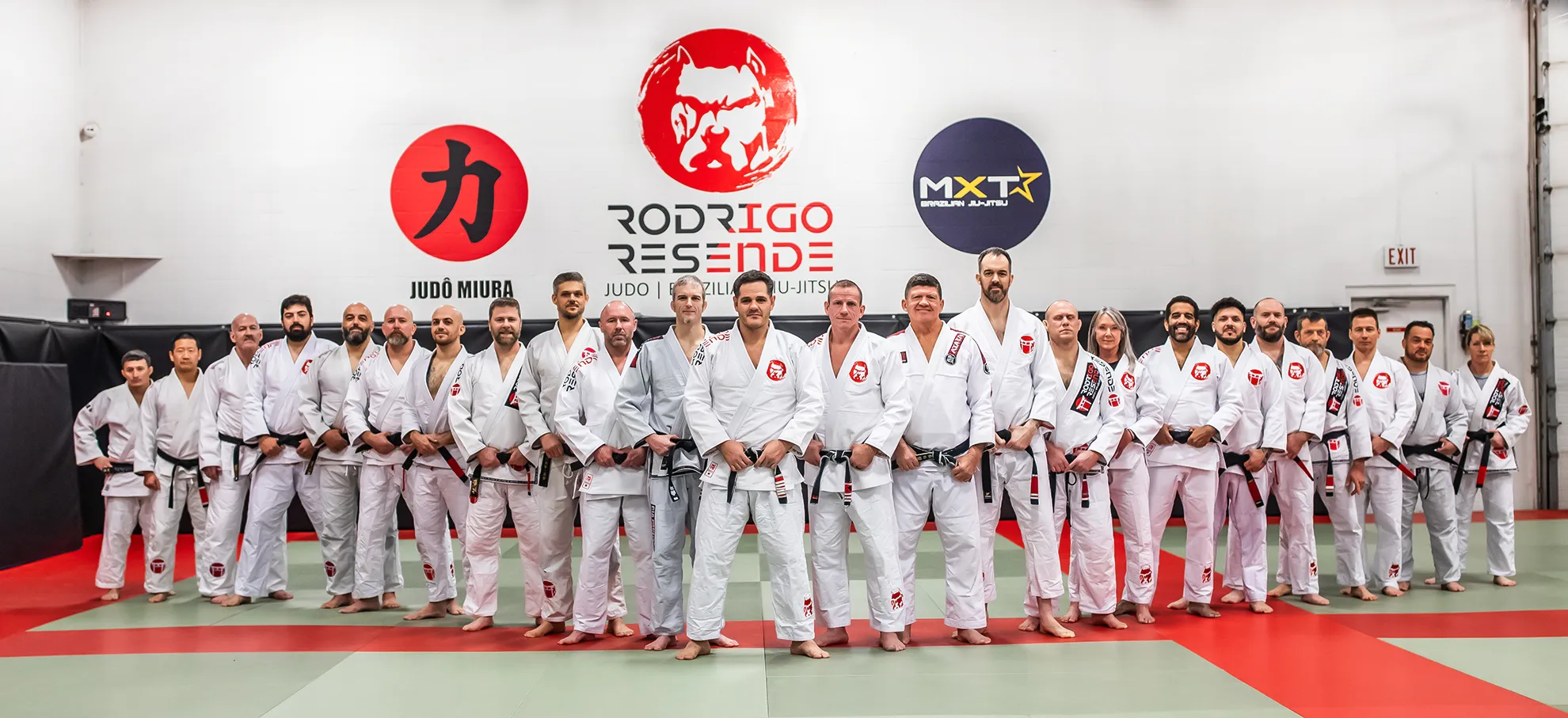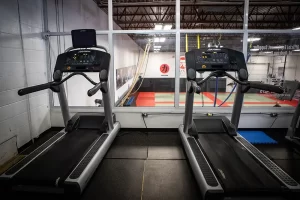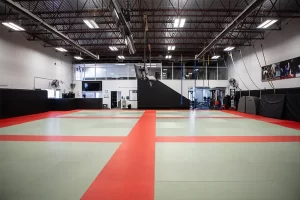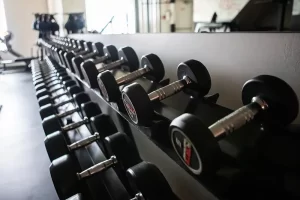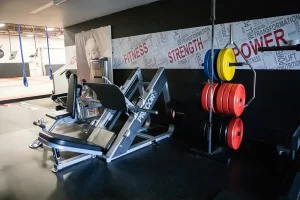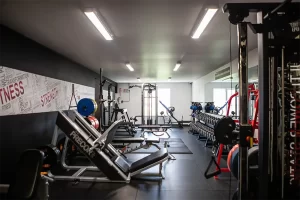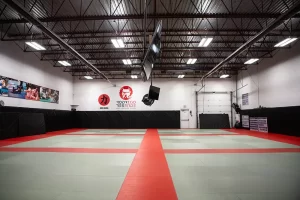LITTLE
GRAPPLERS
Discover our dynamic program crafted for children ages 4-6!
Our fun-filled classes provide a safe and engaging environment where youngsters can learn fundamental techniques of Jiu Jitsu and Judo, improve coordination, and develop essential life skills like respect and teamwork. Join us on this exciting journey of discovery and growth on the mats!
- Our Little Grapplers can train up to 3x per week
KIDS
JIU JITSU
Introducing our dynamic program tailored for children ages 7-10!
- Students can train up to 3 times per week
- Kids BJJ Intermediate/Advanced (Grey/White Belt and up)
Intermediate and Advanced students have unlimited access to all our weekly classes
YOUTH
JIU JITSU
This program is perfectly crafted for youth aged 11-14!
Fundamentals:
Every beginner embarks on their journey with the Fundamentals program, aimed at teaching the core principles of Brazilian Jiu-Jitsu. Youth students enjoy the privilege of attending any of the youth classes available.
Intermediate and Advanced:
Upon advancing from their White Belt, students unlock the opportunity to participate in both sparring and no-gi classes.
ADULTS
JIU JITSU
This program is specially designed for individuals aged 15 and up!
Fundamentals:
Beginners kick off their training with the Fundamentals program, focusing on the essential foundations of Brazilian Jiu-Jitsu. Adult students have the advantage of attending any of the classes we offer.Intermediate and Advanced:
After graduating from their White Belt, students gain access to additional sparring and no-gi classes.JUDO
KIDS
A dynamic program designed for children ages 7-10!
Every beginner enrolls in our Fundamentals program to learn the essential principles of Judo. Upon graduating from this class, students advance to the intermediate classes.- Kids Judo Fundamental students (White & White/Yellow belts) can train up to 2x per week.
- Kids Judo intermediate (Yellow belts +)
Intermediate students have unlimited access to all our weekly classes.
JUDO
YOUTH & ADULTS
This program caters to both Youth and Adult Judokas, ages 11 and up!
Beginners of all ages start with our Fundamentals program, learning the essential foundations of Judo. This foundational knowledge paves the way to intermediate and advanced level classes.- Judo Youth & Adults Fundamentals (White & Yellow belts)
- Judo Youth & Adult Intermediate/Advanced (Orange +) Youth & Adults can attend have unlimited access to all our weekly classes
ABOUT US.
TRUE AND AUTHENTIC BRAZILIAN JIU-JITSU AND JUDO FOR THE ENTIRE FAMILY
Welcome to our 10,000 square foot Brazilian Jiu Jitsu and Judo Dojo, a place where passion, discipline, and community converge. Whether you’re a child or an adult, we offer classes tailored to your skill level and age, ensuring that everyone can embark on their own Jiu Jitsu and/or Judo journey.
Step into our state-of-the-art facility, designed to provide ample space for training and personal growth. Our dojo is equipped with top-notch amenities and a meticulously maintained mat area, where you can push your limits, master techniques, and enhance your physical fitness.
But what truly sets us apart is our commitment to fostering a tight-knit mat family. We believe that Jiu Jitsu is not just about individual achievements but also about building lasting connections with fellow practitioners. From the moment you walk through our doors, you’ll be embraced by a supportive community that shares your passion and supports your goals.
Professor Rodrigo Resende and his team have carefully designed each program to ensure that every student is capable of progressively improving and achieving their goals, whether they are competitive, educational, recreational, self-defense, or therapeutic. Our experienced instructors are dedicated to guiding you through the intricate world of Jiu Jitsu and Judo. With their expertise and unwavering support, they will help you develop your skills, boost your confidence, and cultivate a mindset of perseverance.
For our young warriors, we offer specialized kids’ classes that not only teach the art of self-defense but also instill important values such as respect, discipline, and teamwork. Our instructors create a safe and engaging environment, empowering children to become resilient, focused, and confident individuals.
Whether you’re a beginner or a seasoned practitioner, our diverse range of classes caters to all skill levels. From fundamental techniques to advanced strategies, our curriculum is designed to challenge and inspire growth in every student. Join our Jiu Jitsu family today and discover the transformative power of these arts. Experience the thrill of the mat, forge lifelong friendships, and unlock your full potential. Together, we’ll embark on a journey of self-discovery, resilience, and personal empowerment.
TOP NOTCH
TRAINING FACILITY
Elite is one of the largest Brazilian Jiu-Jitsu and Judo schools in Canada, and possibly in North America, featuring over 5,000 square feet of mat space. We also provide weight and cardio rooms for our students and parents. The entire school is nearly 10,000 square feet and we offer:
The entire school is nearly 10,000 square feet and we offer:
Martial arts classes and activities
- Classes and/or open mats 7 days per week for all ages and levels
- Family classes
- Seminars with world-class guest instructors
- Self-defense clinics
- Movie nights and Halloween parties for members and member’s friends
- Internal tournaments, belt promotions and other events for members
- Space rental opportunities for birthday parties and events
- A merchandise store with everything you need to start your martial arts journey
Weight & Cardio rooms
- Full-body exercise equipment including free weights and cable system machines
- Multiple cardio equipment options including treadmills, elliptical and rowing machines as well as an ergometric bike
- All available to all members (18+) and parents of members while they are in class at no extra cost
CONTACT US

